|
Perhaps the following short story is certainly more suitable for early October instead of late February. I recently learned that October 1st is International Raccoon Appreciation Day. This find came simultaneously with an interesting and bizarre obituary I saw in a vintage newspaper while researching a completely different story. International Raccoon Appreciation Day (IRAD) is a day meant to celebrate all animals, specifically raccoons, that, while being an important part of their ecosystem, are misunderstood. Often these "bandit-looking" creatures are commonly associated with thefts from garbage cans and dumpsters, but moreso rabies. It's fair that most of us consider these woodland creatures as “pests” or “nuisance animals," like foxes, wolves and coyotes. The raccoon is a nocturnal mammal characterized by its bushy ringed tail. It is native to North America and can be found in many parts of the U.S., Canada, Mexico, and the northern part of South America. There are also raccoons in Germany, Russia, and Japan. IRAD was started in 2002 by a young girl in California. It was meant at first to show that some folks liked and respected raccoons, as evidenced by a plethora of raccoon items from stuffed animals to t-shirts. There are also some people who have misguidedly tried to keep raccoons as pets. As word spread of the young lady's campaign (mainly to the girl’s relatives in various world countries), the name was changed to International Raccoon Appreciation Day in 2003. The day also encourages people to protect the raccoon’s natural habitat. I have yet to see a raccoon here in Mount Olivet, but I would bet that we've had some of these visitors in the past as I've seen coyotes, foxes, deer, and even a bear. A few weeks ago I was drawn to the Mount Olivet gravesite of Henry Milo Warrenfeltz, born January 15th, 1864. He wasn't my prime search on that particular day as I found him solely by stumbling upon the obituary of his paternal grandmother while working on another story about quilting. I soon after sought out his grave in Mount Olivet's Area T, and found him a literal hop, skip, and a "shoot if you must this old grey head" from the final resting spot of Barbara Fritchie. Remember that I said "shoot" here as that plays a paramount role in our story. Henry would be my Mount Olivet connection to an interesting early immigrant family that descends from Switzerland. They have the prototypical story of Frederick County with early German and Swiss immigrants settling in the northern reaches. The apocryphal tale says that our mountainous terrain at the eastern edge of the Maryland Piedmont reminded these people of their former homes in Europe, thus inspiring them to clear forests for family farms. In this particular case, it is said that Johann Jacob Werenfels (1730-1807) came to America around 1749 from his native town of Basel. The surname would eventually be anglicized to Warrenfeltz in time, and it would become one of the well-known names of the area up to the present-day. This gentleman apparently acquired 999 acres of land between Wolfsville and Ellerton on the western foot of Catoctin Mountain, north of Myersville. In the late 1770s, he married Hannah Ann Hartman (1754-1818) and raised 11 children on his large farm. Johann Jacob is also said to have made buckskin breeches and gloves. His neighbor, Godfrey Lederman (later Leatherman), was a Revolutionary War veteran, and owned a like amount of property to the north of his, which was considered to be in Wolfsville. Three of Mr. Lederman's children would marry three of Mr. Warrenfeltz' children. 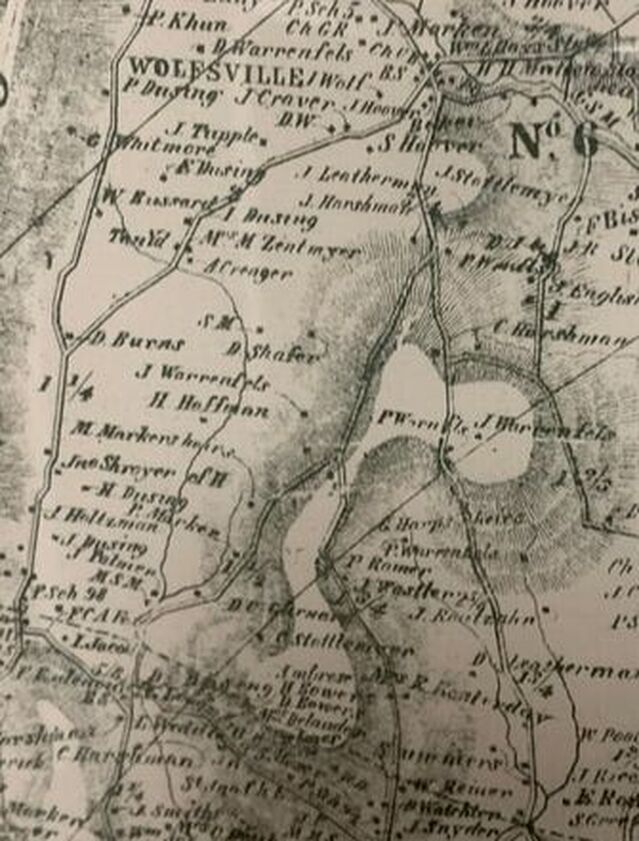 Close-up view of Wolfsville-Ellerton vicinity on this 1858 Isaac Bond Map showing Warrenfels family properties as labeled on map. The original property is to the center/right along the Harmony-Wolfsville Road and marked with heirs "P Warrenfels" and "J Warrenfels." Henry Milo Warrenfeltz grew up on the farm of his father, Daniel Warrenfeltz, which is located upper left and marked as "D. Warrenfels." One of these pairings would be Johann Jacob Warrenfeltz, Jr., born September 21st, 1785 and Mary Ann Lederman (1788-1879). The couple married in 1809 and built a nice stone house on a 30-acre parcel that "John" bought from his father-in-law. By 1828, the couple had ten children with one of these being Daniel Warrenfeltz (1814-1901), the father of Henry Milo Warrenfeltz —the gentleman who started our impromptu "roots quest" here, and buried in Mount Olivet within Area T. Henry Milo is somewhat of a "Burial Black Sheep" of the family in terms of resting place, as his parents and most of his siblings were interred in Wolfsville Reformed Cemetery. Here is where our story gets a little interesting in regard to "wildlife fun," just not so much for the aforementioned grandfather of Henry Milo Warrenfeltz —Johann "John" Jacob Warrenfeltz, Jr. We must slip back to the 1820s to tell the story of his unfortunate death. And yes, this is where this week's colorful story title comes in. The history of raccoon hunting in our time can be traced to Native Americans, who hunted them for food and pelts. The practice was adopted by European settlers, who introduced raccoon hunting dogs to the equation in Colonial times. George Washington was credited with owning some of the best raccoon hounds. Early dogs had trouble tracking the raccoons when they climbed trees, so breeders developed varieties that learned how to follow treed raccoons. In the mid-to-late 1800s, raccoons were hunted primarily for their pelts. A fair price for a pelt, half a century later in 1885, was 25 cents. 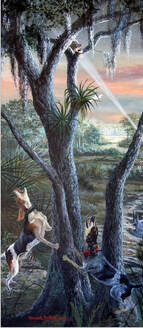 On the 9th of October, 1828, John and a few of his teenage sons (likely including Daniel aged 14) went on a night-time hunting excursion in the darkened woods by their home. Descendant Virginia Kuhn Draper wrote in her book The Smoke Still Rises (published in 1996) that this party was not the only one in the vicinity on this particular, moonlit evening. Apparently a neighbor, a Mr. Kline, had gone out in search of squirrels for his supper that night. It seems that Mr. Kline had instant success in bagging his prey and was on his way back home when his dog started to bark wildly ahead. When he caught up to his hunting companion, he found that his dog had "treed" a raccoon, as it had taken refuge in the top of a tall arboreal specimen. Mr. Kline discharged his firearm a few times with no luck of shooting the "interloper." Feeling he did not have the right ammunition, he quickly returned to his nearby home in hopes to return shortly and finish off the business at hand. Meanwhile, while Kline was on his way for greater firepower to fell the raccoon, John Warrenfeltz and his boys came on to the scene as their dogs "re-treed" the raccoon, who I am assuming was a little late in trying to make a great escape (after Kline stepped away for the moment). Mr. Warrenfeltz had been successful in killing the rogue animal on his first shot, however it was lodged between tree branches. John laid down his gun and proceeded to climb the tree in an effort to retrieve the masked-beast. Just then, Mr. Kline returned to the area with a silver bullet in his gun's chamber. Unfortunately, this is when a major breakdown in communication between all parties occurred. What a tragedy, and one that would later be recounted in newspapers throughout the country in 1879 upon the death of John's widow, Mary Ann, who would die on June 27th, 1879 at the age of 90. She had remarried in 1831, but would raise her children (including Henry Milo's father Daniel) into adulthood. Her obituary told the melancholy story of her first husband being mistaken for a raccoon, 61 years earlier. Although well known in the upper Middletown Valley, the former Mrs. Warrenfeltz would become "almost-famous" posthumously the country over as her obit (carrying this sensational story of her first husband's death) would be carried everywhere. I found newspapers presenting the disturbing last moments of life for John Warrenfeltz all over the country. I even found it published in German! As with many stories, it became a bit embellished along the way. Nonetheless, this sensational tale from Ellerton, MD made publications all over the country including the Westminster (MD) Democratic Advocate, the Baltimore Sun, the Philadelphia Times, Bridgeton (NJ) West Jersey Pioneer, Winnemucca (NV) Silver State, Ironton (MO) Iron County Register, Austin-Mower County (MN) Transcript, Superior (WI) Times, Decatur (IL) Daily Review, Sterling (IL) Gazette and the Jeffersonville (IN) National Democrat to name a few. As for the gravesite for John Warrenfeltz (aka Johann Jacob Warrenfels, Jr.), I could not find one. Jacob Holdcraft's Names in Stone didn't help me in this arena either. I hypothesize that he would have been buried with his parents in the Warrenfeltz Family Cemetery shown earlier, or in the Wolfsville Reformed Burying Ground. His gravestone was either lost to time, or never placed. He did leave Mary Ann, his wife, with multiple children and a large farm to run. She remarried soon after as I've stated. Williams' History of Frederick County states that John's son, Daniel, would become a prominent member of the community and Catoctin District. He would eventually purchase property from the heirs which included 130 acres of farm and timber land, and spent his life cultivating and improving it. He was also engaged in sawing out timber for buildings of all kinds. Daniel married Susan Ludy, daughter of another local and prominent farmer of the area, and had 13 children, raising 11 to maturity, Henry Milo being the second youngest. Daniel eventually operated a farm west of Wolfsville which can be found on the Bond Map of 1858, and again on the Titus Map of 1873. This is where Henry Milo Warrenfeltz spent his childhood. The boy would attend local area schools and had a successful professional career engaged in teaching, running a commercial business, and lastly, banking. He was also one of the incorporators of the Catoctin and Pen Mar Railway Company. He can be found in census records living as a boarder in Elder Hotel on East Main Street in Emmitsburg. Henry Milo married late in life a local woman named Daisy Ramsburg, and the couple lived in her family home (with a sister) at 12 East Third Street in Frederick. Henry Milo Warrenfeltz' life story is represented in his obituary of November 27th, 1943. His death made the front page of a Frederick News edition which included up to date information about the second World War raging in Europe and the South Pacific. However, there was absolutely no mention of his grandfather's untimely death. The great-grandson of the supposed "Ellerton (supposed) Raccoon" was laid to rest in Mount Olivet Area T/Lot 3. Henry's wife Daisy (Ramsburg) would join him here in March, 1954. One particular rabbit hole, or should I say "Raccoon Hole," that I explored with no luck was finding out where that nifty middle name of "Milo" came from. Although, I couldn't make this familial connection, I did make another to a stuffed animal that relates nicely to the wonderful world of raccoons. Along the way of research, I also found this interesting aside on the magical internet. The unsung heroes, or instigators in our story are the four-legged hunting companions of John Warrenfeltz and Mr. Kline. You could call them "coon dogs," a popular name for such well-trained beasts. Well, I learned that there exist a Coon Dog Memorial and its located in a special graveyard in Colbert County, Alabama. It's called the Key Underwood Coon Dog Memorial Graveyard. This is a specialized and restricted pet cemetery and memorial, reserved specifically for the burials of coon dogs. The cemetery was established by a man named Key Underwood on September 4th, 1937. Underwood buried his own dog there, choosing the spot, previously a popular hunting camp where "Troop" did 15 years of service. More than 300 dogs are buried here.
4 Comments
Mitch
2/29/2024 12:20:55 pm
Great story, thanks
Reply
Barry Warrenfeltz
2/29/2024 03:05:53 pm
Please send me a copy of this story. We have been paying the taxes on the cemetery on Lederman’s dairy farm to keep it from Sheriff Sale. I would greatly appreciate it.
Reply
Susan
2/29/2024 10:13:17 pm
Thanks for sharing this interesting story.
Reply
Steven Stoyke
3/1/2024 02:18:55 pm
Great reads on this area,, Thank you very much for all this effort.
Reply
Leave a Reply. |
STORIES
|
Archives
July 2024
June 2024
May 2024
April 2024
March 2024
February 2024
January 2024
December 2023
November 2023
September 2023
August 2023
July 2023
June 2023
May 2023
April 2023
March 2023
February 2023
January 2023
December 2022
November 2022
October 2022
September 2022
August 2022
July 2022
June 2022
May 2022
April 2022
March 2022
February 2022
January 2022
December 2021
November 2021
October 2021
September 2021
August 2021
July 2021
June 2021
May 2021
April 2021
March 2021
February 2021
January 2021
December 2020
November 2020
October 2020
September 2020
August 2020
July 2020
June 2020
May 2020
April 2020
March 2020
February 2020
January 2020
December 2019
November 2019
October 2019
September 2019
August 2019
July 2019
June 2019
May 2019
April 2019
March 2019
February 2019
January 2019
December 2018
November 2018
October 2018
September 2018
August 2018
July 2018
June 2018
May 2018
April 2018
March 2018
February 2018
January 2018
December 2017
November 2017
October 2017
September 2017
August 2017
July 2017
June 2017
May 2017
April 2017
March 2017
February 2017
January 2017
December 2016
November 2016


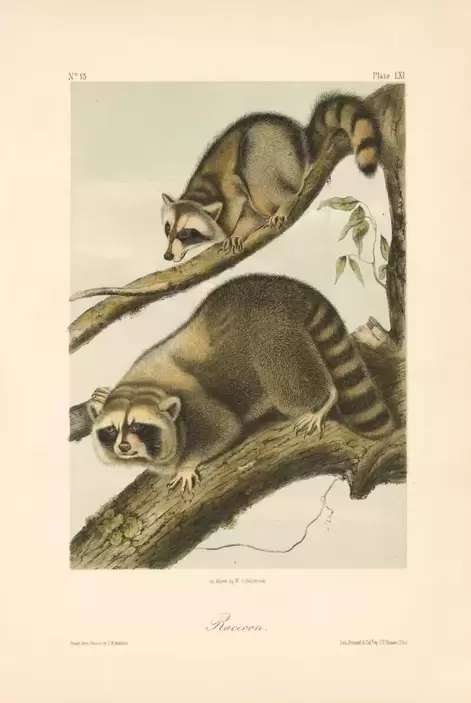

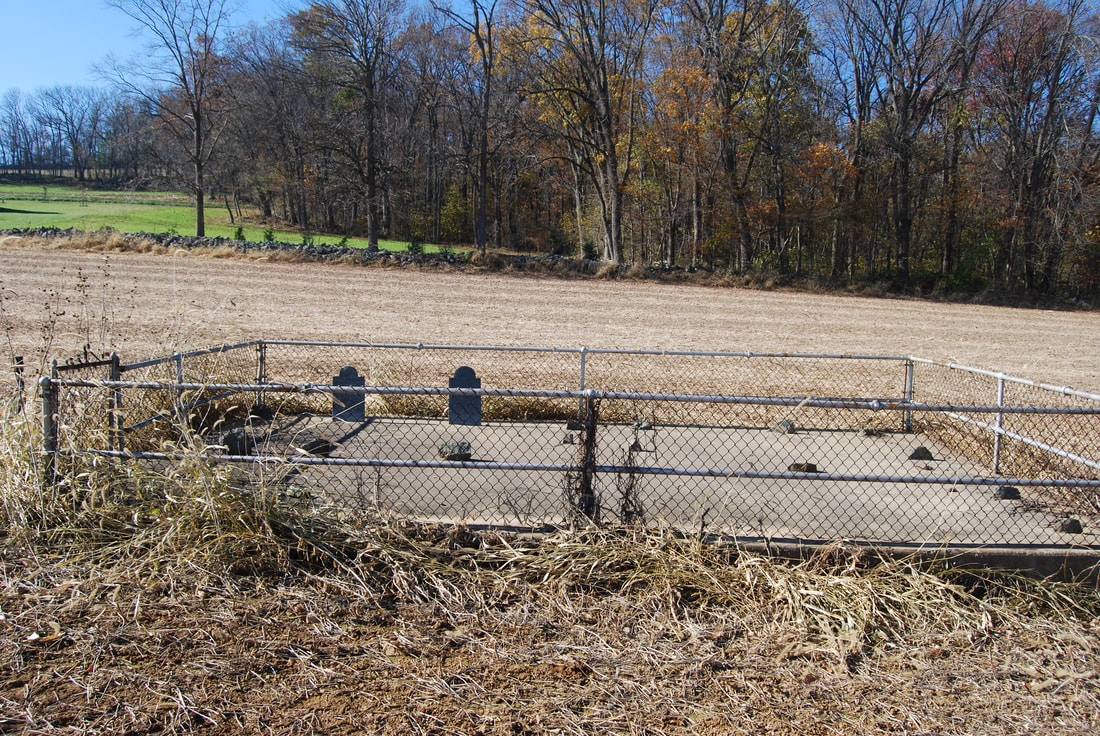
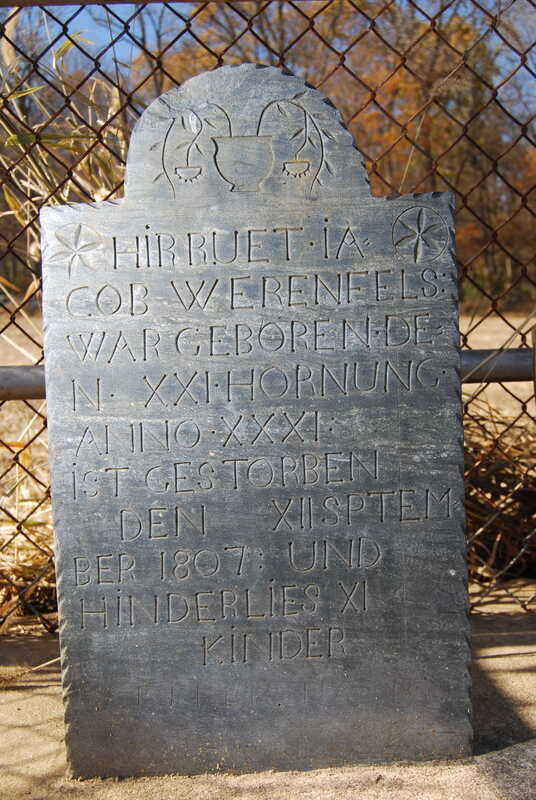

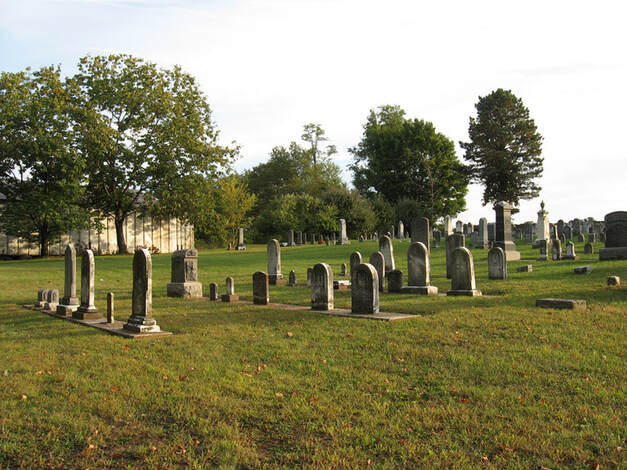

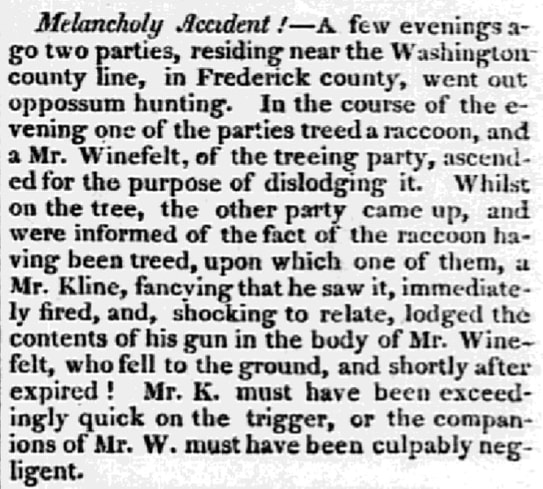
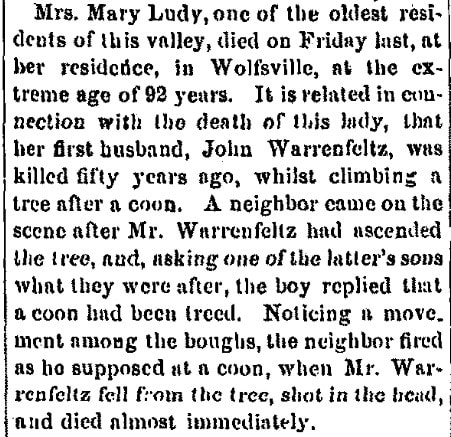
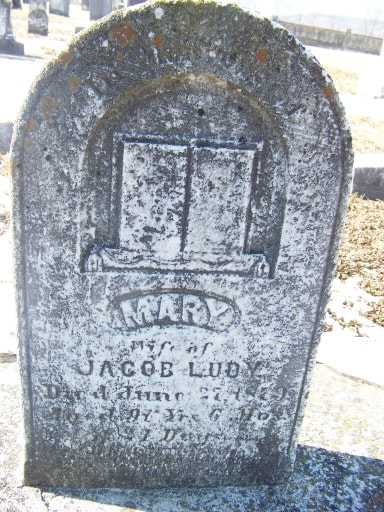
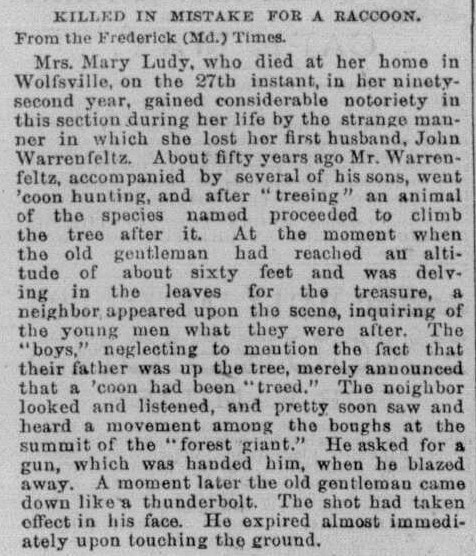

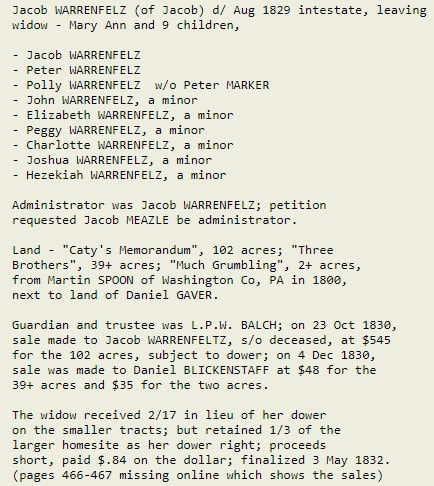

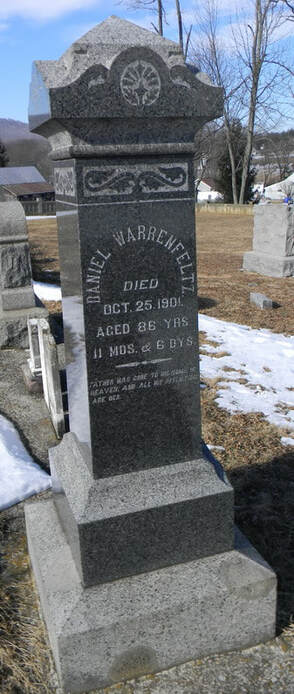

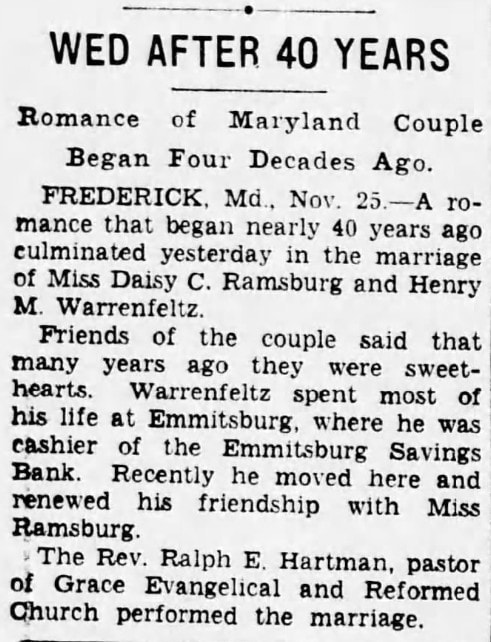
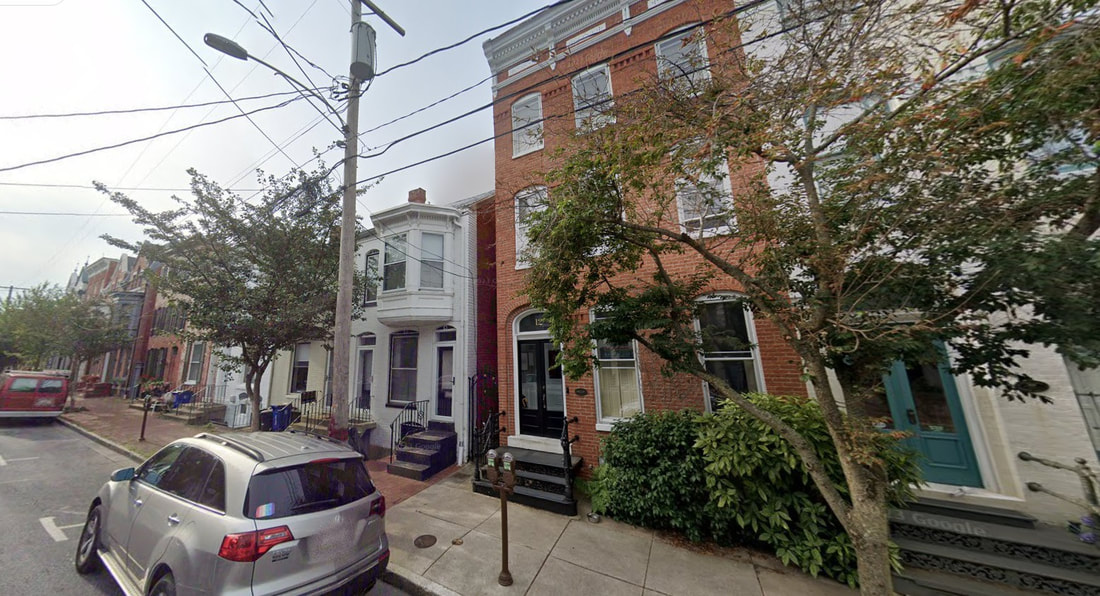
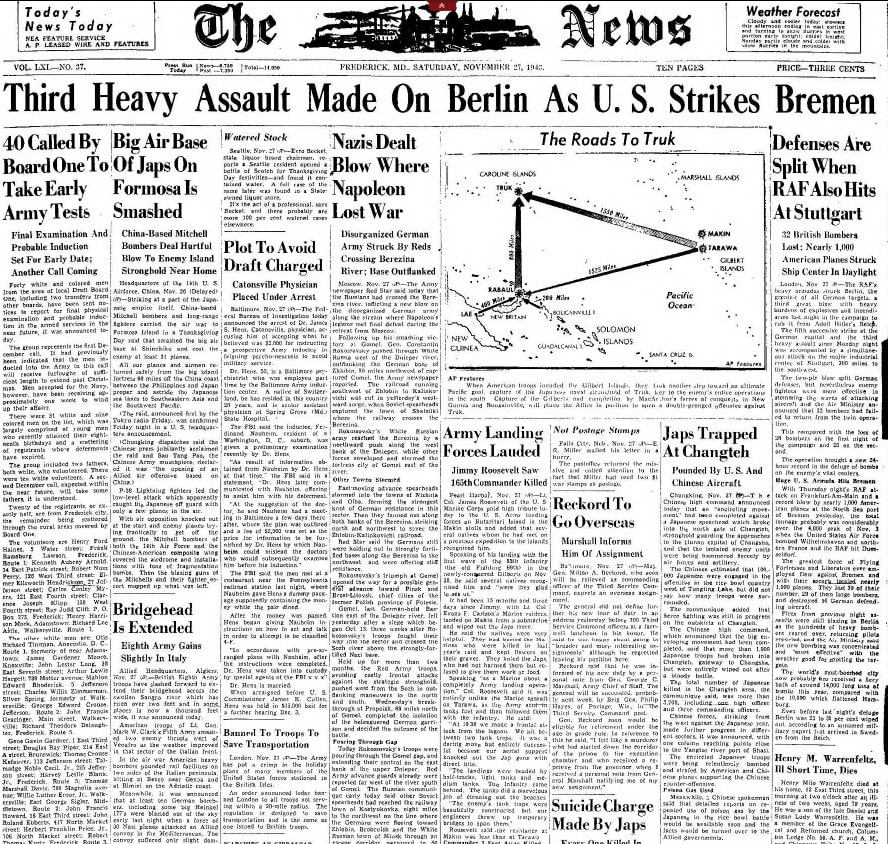
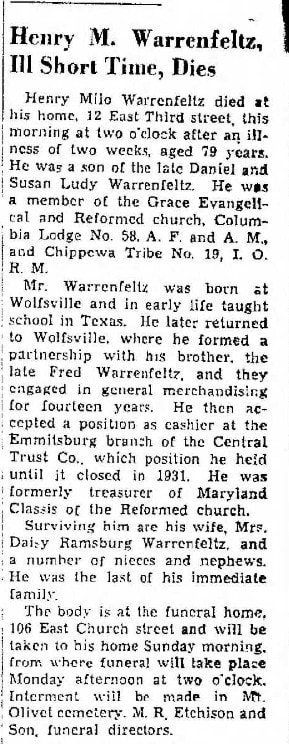


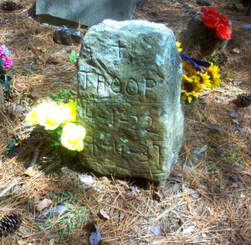
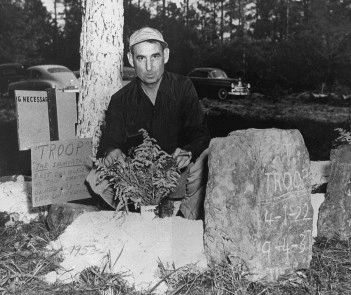
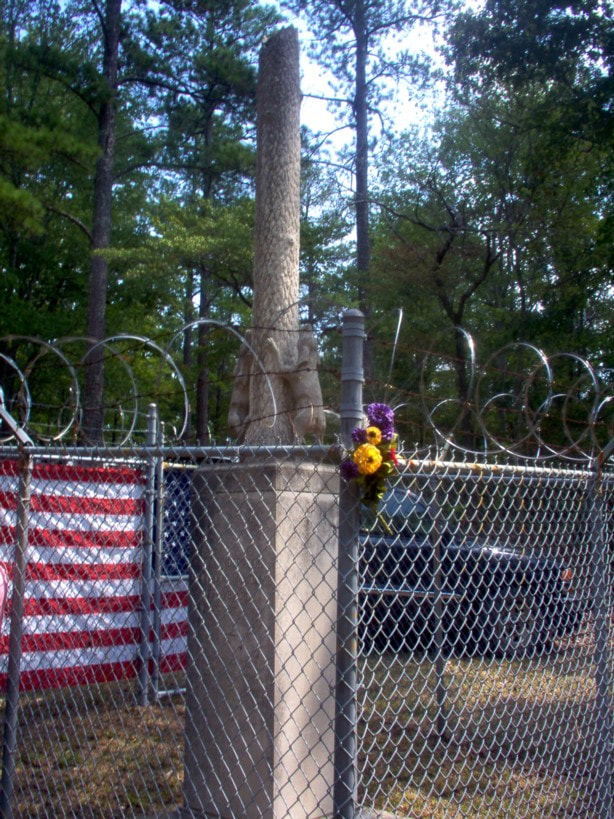
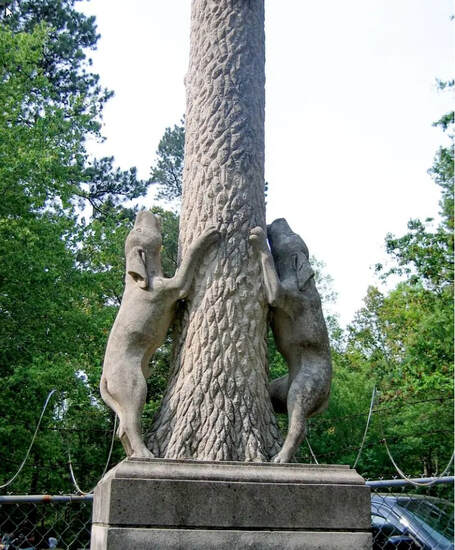
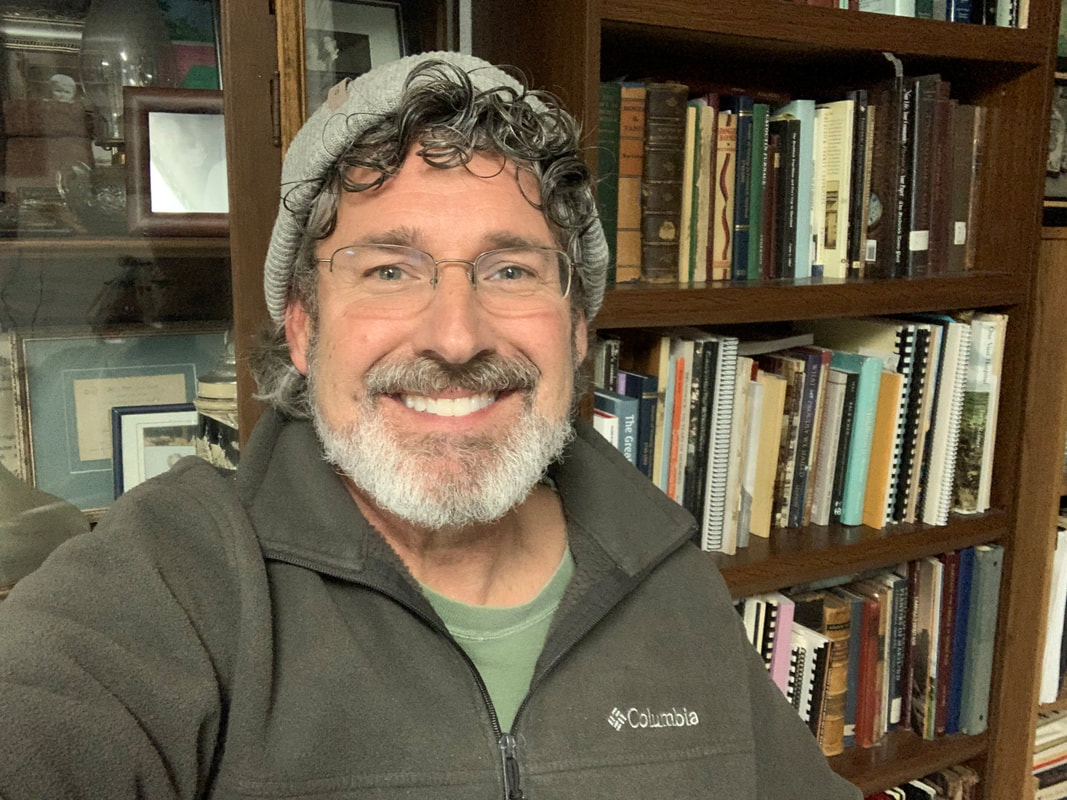
 RSS Feed
RSS Feed